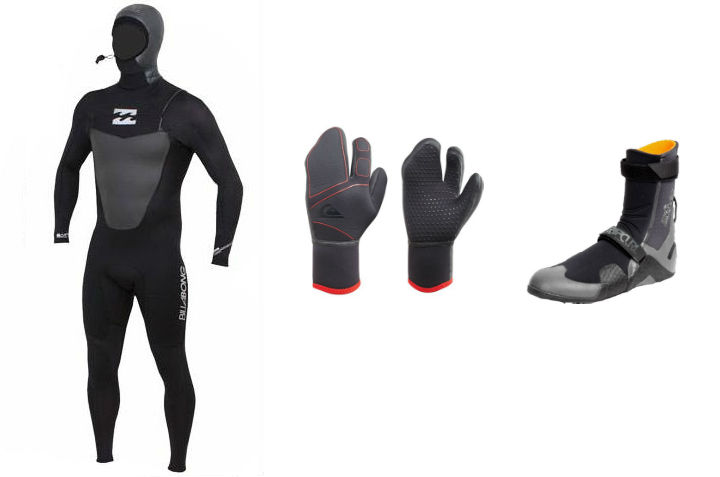Buying a wetsuit is not easy. You have to consider many things that can help you feel comfortable. It’s not only the materials of the wetsuit that matters or should be given special attention and consideration, the water temperature and Neoprene thickness should also be considered thoroughly.
The water temperature here would mean the degree of coldness and warmness that a person can tolerate while wearing a wetsuit. The water temperature and neoprene thickness vary. The wetsuit should match the water temperature to make you comfortable all the time. It would be wise then (and advisable) to check on the wetsuit temperature guide and chart.

Neoprene is a synthetic rubber which is used to make wetsuits. Neoprene is chemically stable and it retains its flexibility in all temperature ranges. Neoprene is not only used in the production of wetsuits, it is also used to make laptop sleeves, orthopedic braces of the wrist, braces, electrical insulation and many more.
Water temperature and Neoprene thickness should compliment each other. For instance, wearing a flimsy wetsuit with thinner Neoprene can bring you comfort; it gives lesser pressure on your muscles. The moment you slip on the wetsuit, you have already exerted extra effort in putting on the wetsuit.
Water temperature and Neoprene thickness would mean choosing a Neoprene thickness that can withstand any temperature. If you get cold easily you have to choose a thicker Neoprene. Cold water can affect your health and can be very detrimental to your health. It can lower your stamina. However, if you get warm or hot easily, you should choose a wetsuit with a flimsy or thin Neoprene.
The Water temperature and Neoprene thickness can be well understood by looking at the water temperature and the Neoprene thickness guide and chart. Furthermore, you should also consider other factors before purchasing the wetsuit that you need. This can help you choose the thickness of Neoprene. The chart gives you the water temperature and the wetsuit thickness. For instance, a quality winter wetsuit will not allow water to enter or get through the wetsuit.
Other factors to consider in purchasing a wetsuit is your activity. The Water temperature and Neoprene thickness can affect your activities, hence, your activities should not be taken for granted. If you’re always on the go, your energy burns easily which will then produce heat. In view of this, a thin Neoprene is highly recommended.
